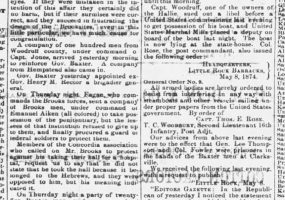calsfoundation@cals.org
Ships & Vessels





aka: CSS Earl Van Dorn
aka: CSS General Van Dorn
aka: Junius Beebe


aka: CSS Price
aka: Laurent Millaudon
aka: L. Millandon
aka: Milledon








aka: New Igo
aka: New Iago














aka: USS Rixey (AHP-3)






